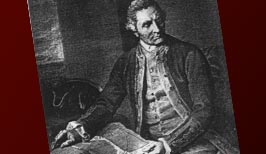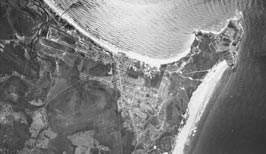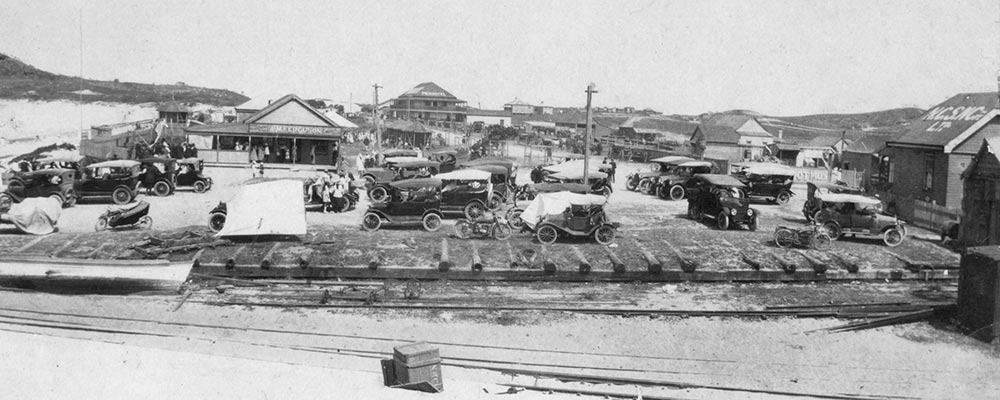
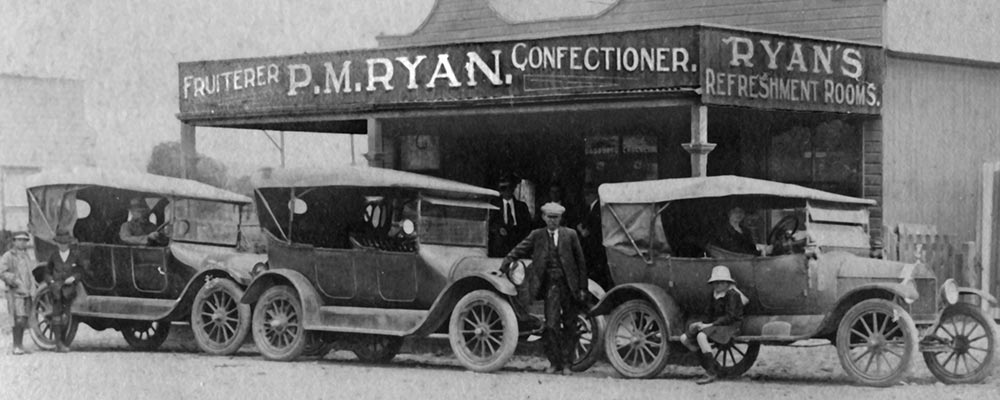
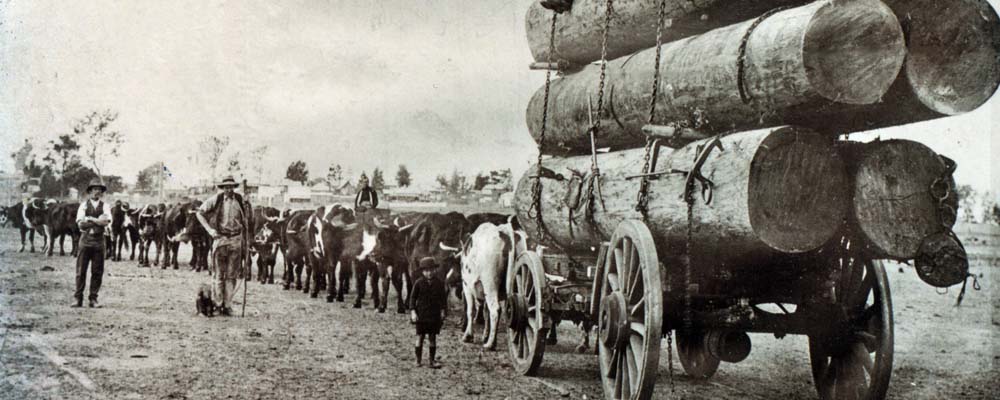

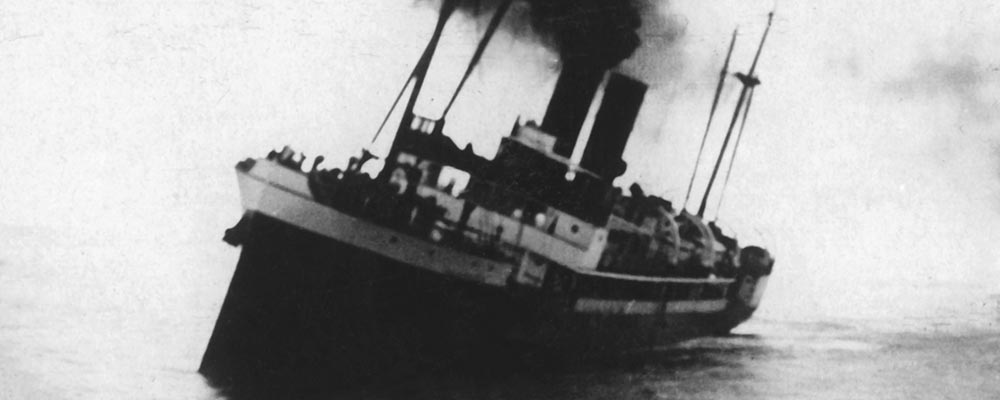
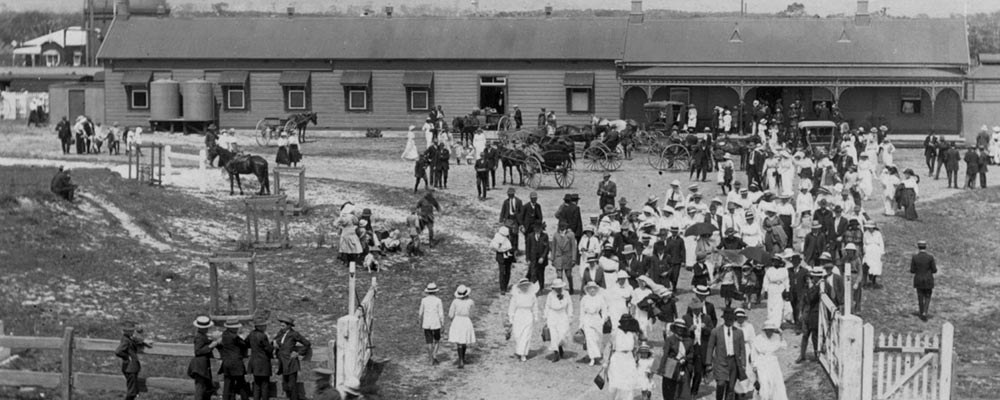


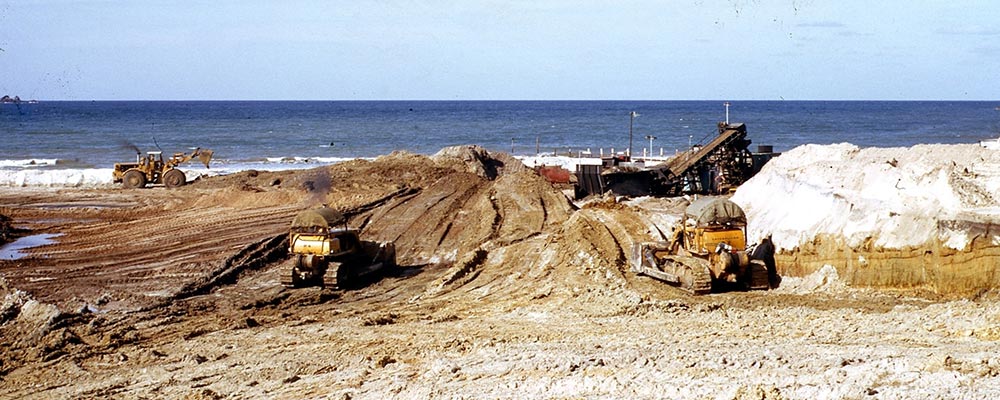
The Arakwal
The Arakwal People of Byron Bay, one of the tribes of the Bundjalung Nation whose traditional country extended along the east coast between the Clarence River in New South Wales and the Albert River region in southern Queensland and west to the Great Dividing Range.
Their ancestors, the first humans in the region, arrived more than 20,000 years ago. The Bundjalung are one of the few Aboriginal Nations to have a story of the creation of their country in their oral history.
Many human occupation sites in Bundjalung country show unequivocal ages of up to 5,500 years before present. Most of the thousands of ...
First Europeans
On 15 May 1770, Captain James Cook sailing up the east coast of Australia in the Endeavour passed the eastern most point of the Australian mainland (Wilgun in the local Arakwal language). He named it Cape Byron after Vice Admiral (then Captain) John Byron who sailed around the world in HMS Dolphin in 1764-1766.
Cook’s log for 15 May reads: “….As soon as it was daylight we made all of the sail we could …. At 9, being about a league (5.6km) from the land we saw upon it people and smoke in several places.
At noon we were by observation in latitude 28o 39’S and longitude 206o 27’W.”
Byron Bay Grows
The town of Byron Bay had very humble beginnings. It was not until 28 August 1896 that it was officially declared a town even though the first allotments were offered for sale in July 1886.
While many of those blocks were purchased very few homes were built until completion of the railway in 1894 and the town became viable.
With the influx of farmers, settlers and merchants following the development of the port and first jetty in 1888 and the opening of the railway and the NORCO butter factory in the 1890’s, the town’s population grew rapidly and roughly.

